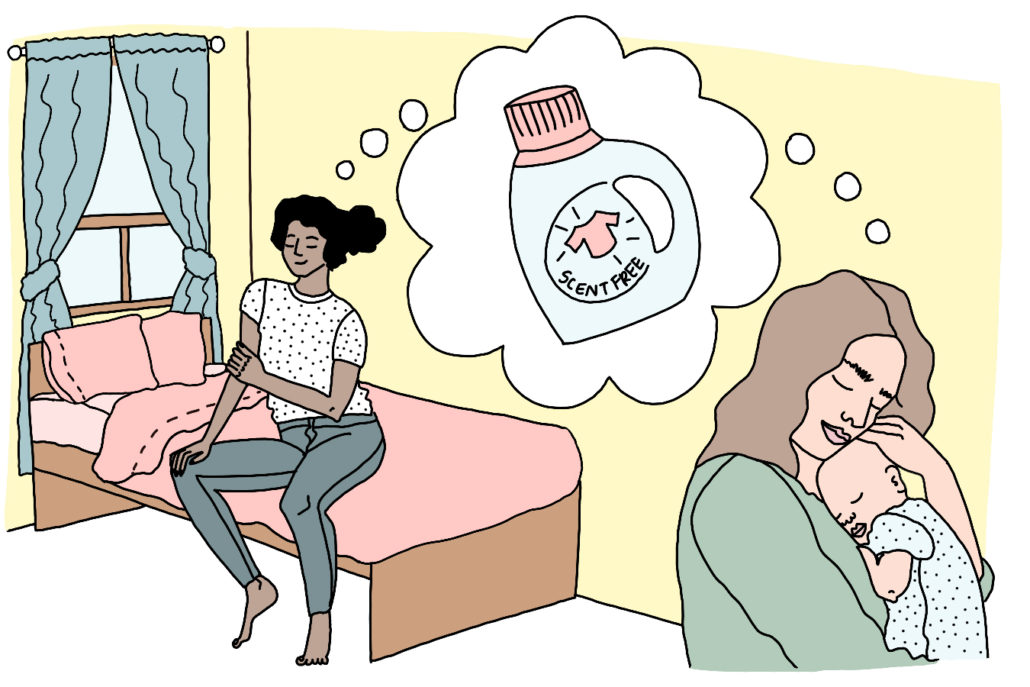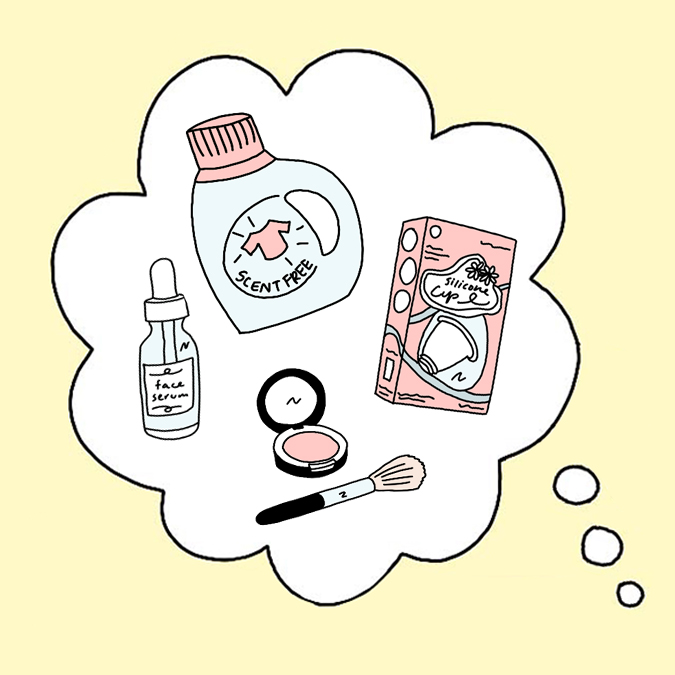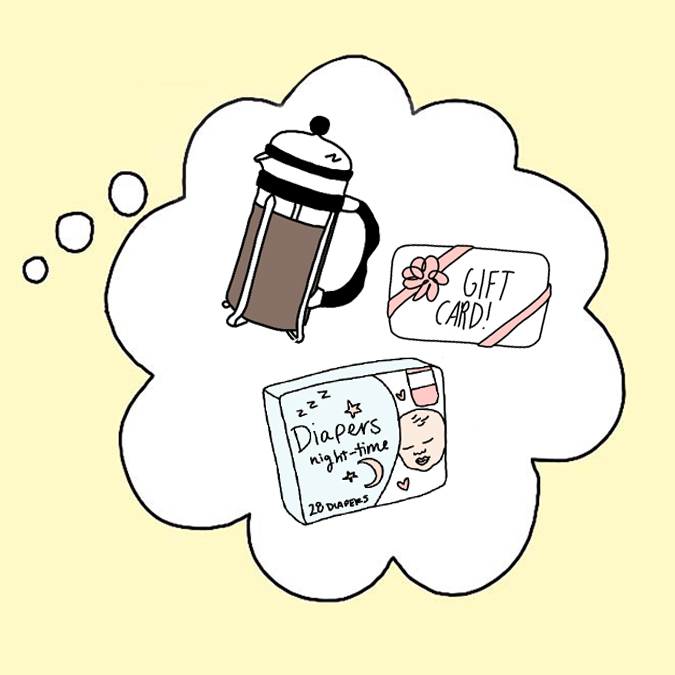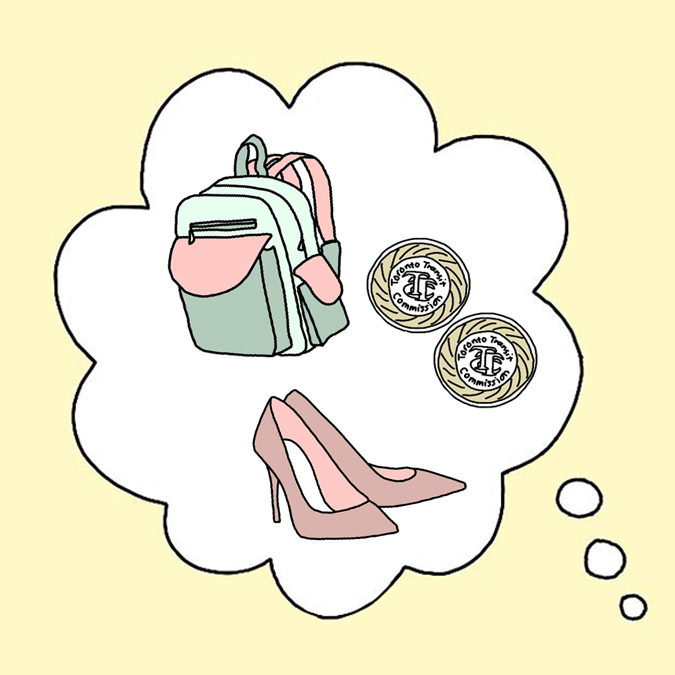
From toiletries to tokens, here’s how to make the most effective donations for families
The voice on the line says, “I’m really worried I’m not going to be alive tonight.” It’s a call that’s far too familiar to Silvia Samsa, executive director of Women’s Habitat, an agency funded by United Way. “This is a crisis. We’re always full,” she says. “There’s never a time when we don’t have women and children trying to flee a violent relationship.”
There are 14 women’s shelters across the city of Toronto, with 406 beds available—and nearly 2,000 women and children used those beds in the last year, staying an average of eight months. “The women we work with are so courageous,” says Samsa. “Partner abuse doesn’t discriminate. It affects every religion and every socioeconomic class. [Our shelter] is a place where women feel believed and safe.”
Most women and children arrive at a shelter with nothing more than the clothes on their backs. So, naturally, there are many things these families need right away. Donated items help them get adjusted in the shelter system—and launch them when they’re ready to start their new lives. But because women’s shelters have confidential addresses and high security, you can’t just drop off useful items like you would to a food bank. It’s best to check the organization’s policy to make sure they can accommodate what you have to offer and to call ahead to arrange a drop-off time.

What to donate
From non-perishable food to toiletries to clothing, in-kind contributions make a big difference in the lives of families entering women’s shelters. While cash donations are always welcome, these most-needed items are frequently in short supply and make the largest impact.
- Laundry detergent: Any type is good, but it’s especially helpful to give scent-free or sensitive formulas for people who can’t handle strong smells or have easily irritated skin.
- Toiletries: Toothpaste, toothbrushes, shampoo, body wash, soap and combs are always in short supply, but donations beyond the essentials are appreciated, too. Who doesn’t want to take a moment for some self-care, whether it’s applying a mask or hair treatment? You might not think of donating makeup, but it’s especially helpful for women to have on hand for meetings, job interviews and court appearances.
- Feminine hygiene products: Of course, these are always in demand. It doesn’t matter whether you choose pads, panty liners, tampons or new silicone cups—all are welcome.
- Diapers and baby formula: With so many young children in-house, formula and diapers are never turned away. Nighttime diapers are often harder to come by, so be sure to include some if you can.

- Gift cards: Gift cards to grocery stores, malls or clothing stores are particularly helpful for families leaving the shelter system and heading out on their own.
- Housewares: Starting over is always overwhelming, but getting a head-start on provisioning a new home really helps. Cutlery sets, toasters, kettles, coffeemakers, towels and sheet sets all go into care packages to support families setting up house. You can opt for new, but shelters often take used items if they’re in excellent condition.
- Transit fares: From meetings with lawyers to job interviews to scouting out affordable housing, public transit costs can add up fast. Tokens, tickets and day passes help women get to and from appointments.
- School supplies: Shelter staff try to keep life as normal as possible for the children they house and offer school enrollment throughout their stays. The usual back-to-school gear, including backpacks, pencil crayons, binders and notebooks, are welcome any time of year.

- Clothing: Warm winter garb, such as coats, hats and mitts, are a no-brainer donation. But also in high demand are dress clothes for women attending court or going to job interviews (think dress pants, blouses, skirts, shoes and dresses). Pantyhose, pajamas, tights and new underwear are also always welcome. As for kids, ages range from newborns to teens—and they could all use an extra change of clothes to help make the transition more comfortable. Note: While used clothing is fine, Samsa recommends you ask yourself, “Would my family or I wear this?” when donating. If the answer is “no”—because the item is damaged, not warm enough or hopelessly outdated—it might be best to leave it out of your donation pile.
- Food: Just like food banks, shelters can always use shelf-stable, nutritious proteins, such as canned tuna, beans and peanut butter.
What to maybe skip
In a perfect world, gently used baby accessories such as cribs, car seats and high chairs would be accepted, but because of liability issues and ever-changing safety regulations, it’s not worth the risk to donate these. (However, new baby gear, including baby monitors, is always thankfully received.) There are sometimes exceptions for used strollers, so if you have one in good condition, call your local shelter to find out if they will accept it.
New toys or stuffies are great, but shelters are wary of used ones because of the risk of bedbugs. And most shelters are already well-stocked when it comes to books, so donate yours to that cute lending library box on your street.
If you’re experiencing violence or abuse, there is help out there. The Assaulted Women’s Helpline offers a free, anonymous and confidential 24-hour telephone and TTY crisis telephone line to all women in Ontario who have experienced any form of abuse. The National Domestic Violence Hotline and Ending Violence Association of Canada also provide support and contact information for services across the country. You can also call 211, which offers a variety of support services across Canada, from emergency assistance to counselling and daycare—help is available 24 hours a day, seven days a week in 100 different languages.